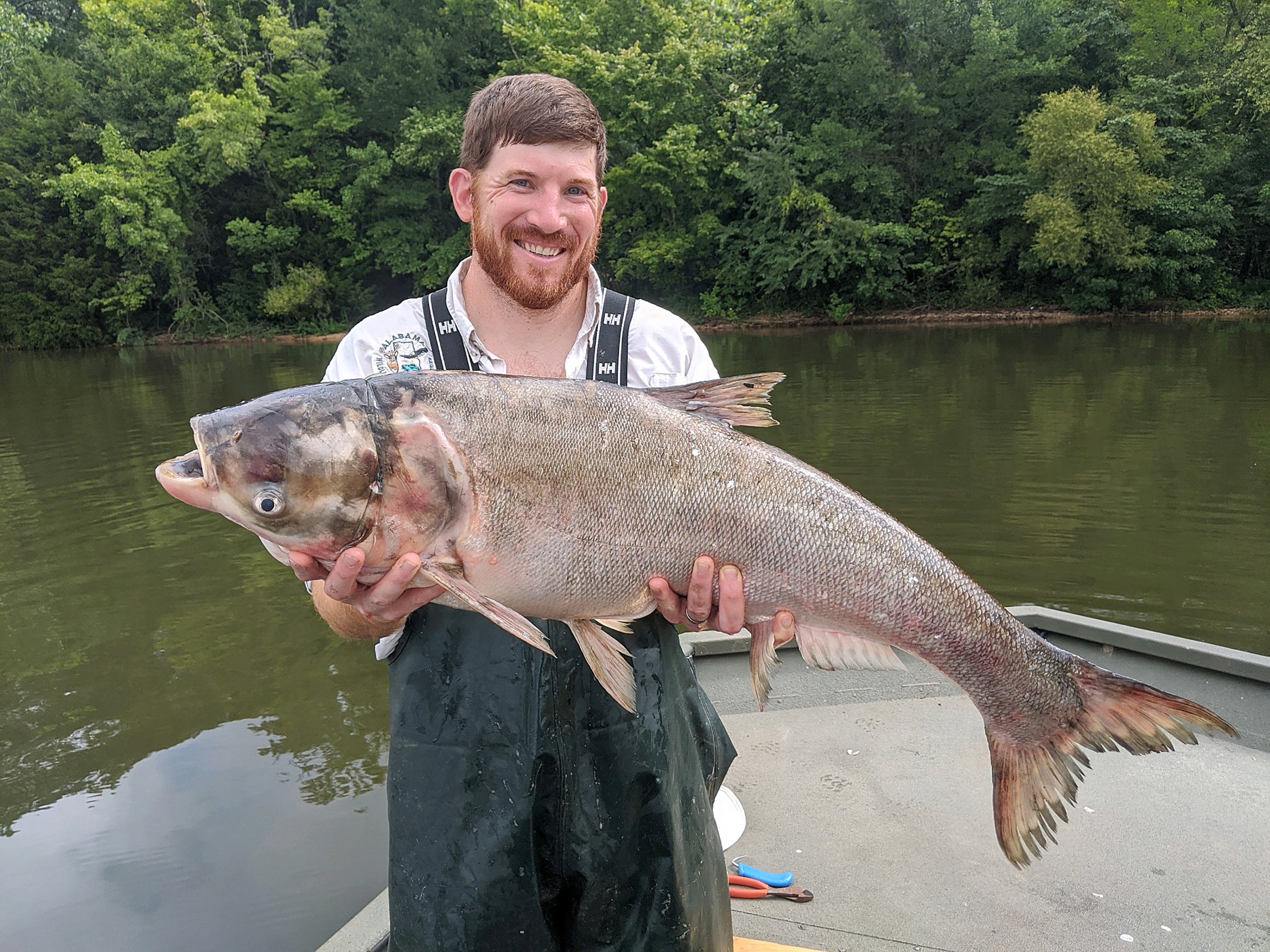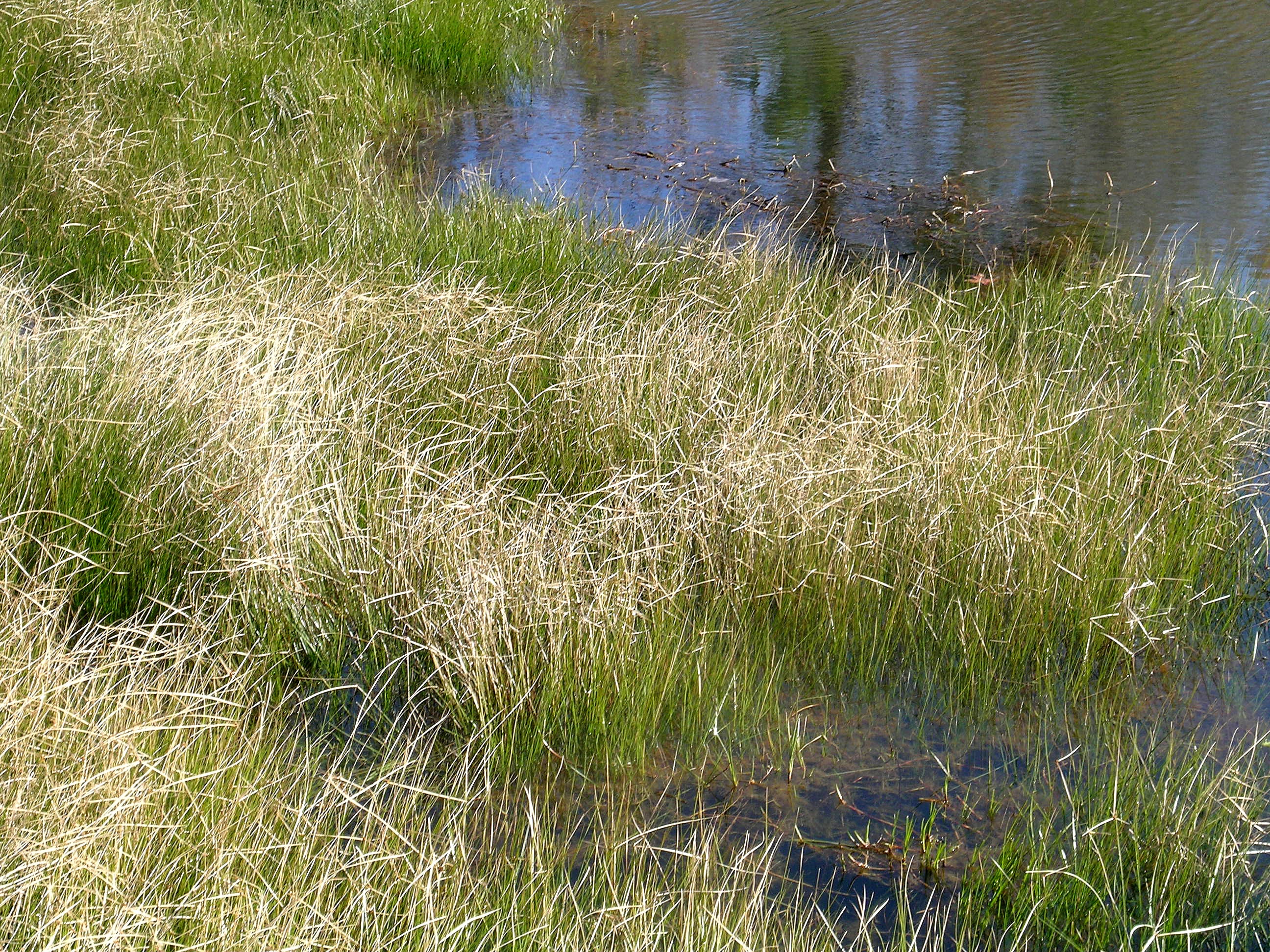By DAVID RAINER, Alabama Department of Conservation and Natural Resources
Recent approval of the Alabama Aquatic Nuisance Species Management Plan opens avenues of federal funding for the Alabama Department of Conservation and Natural Resources (ADCNR), Wildlife and Freshwater Fisheries (WFF) Division and Marine Resources Division to deal with aquatic invasive species in Alabama’s abundant waterways.
Alabama Governor Kay Ivey submitted the aquatic invasive species plan to the Aquatic Nuisance Species (ANS) Task Force, an entity of the U.S. Fish and Wildlife Service, and the recent approval means Alabama will be eligible for up to $100,000 annually to combat aquatic invasive species.
In the approval letter, the ANS Task Force applauded Alabama’s efforts of Steve Rider, WFF’s River and Stream Fisheries Program Supervisor, and the rest of the Alabama Aquatic Nuisance Species Task Force in developing the plan.
“This is quite an extensive plan that covers quite a few taxa and species that are found or may be found in the freshwaters of Alabama,” Rider said. “The impetus to get the plan completed and approved was the presence of invasive carp in the Tennessee River. It was a long process, but with the help of the Fish and Wildlife Service and the folks in the (WFF) Fisheries Section, we got it done. Now we have access to more money.”
“That will go a long way to deal with the invasive carp or anything else that comes up that is a priority to try to eradicate, monitor or manage any of the aquatic invasive species. Our concern is that these aquatic invasive species will outcompete our native aquatic species.”
Rider said the prime example of the impact of an aquatic invasive species is the silver carp that have been found in the Tennessee River chain of lakes in Alabama, particularly Pickwick in west Alabama.
“We have great bass fisheries up there, and we are concerned these silver carp may impact our bass population,” he said. “This additional money will help us combat any impact to those fisheries.”
Dave Armstrong, WFF’s Supervisor of Aquatic Nuisance Species, has been coordinating the collection and monitoring of silver carp in the Tennessee River and said the majority of silver carp are coming from the Tennessee River downstream of Pickwick Dam.
“Most of the carp we collect in our samples are closer to the Pickwick dam, but we have picked up some all the way up the lake to around Seven-Mile Island at Florence,” Armstrong said. “Outside of Pickwick, we had two reputable sightings last year in Wilson, one by a TVA (Tennessee Valley Authority) representative at Shoal Creek and one by an angler at McKernan Creek.”
Armstrong said a silver carp was taken by a bowfisherman in the Raccoon Creek area of Lake Guntersville last year, the first hard evidence the carp species had made it to the renowned bass fishery.
“We’ve had some people say they’ve seen them in Guntersville, but they haven’t been confirmed,” he said. “We have been to Guntersville several times to try to collect samples, and all we’re getting are common carp and suckers.
“The commercial fishermen are not seeing them. We’ve asked them to let us know if they catch any.”
Downstream from Pickwick, Kentucky and Barkley lakes in Kentucky have significant populations of silver carp. Armstrong said commercial fishermen in the Kentucky lakes harvested more than 7.6 million pounds of carp in 2020, and the final number for 2021 is likely to be higher.
Armstrong said the silver carp collected in Alabama during 2020-2021 averaged between 16 and 17 pounds per fish. He said five fish collected recently in Pickwick’s Panther Creek weighed from 19 to 23 pounds.
“The idea is to keep most of them below Wilson,” Armstrong said. “If they don’t spawn, hopefully we can eliminate them over time.”








